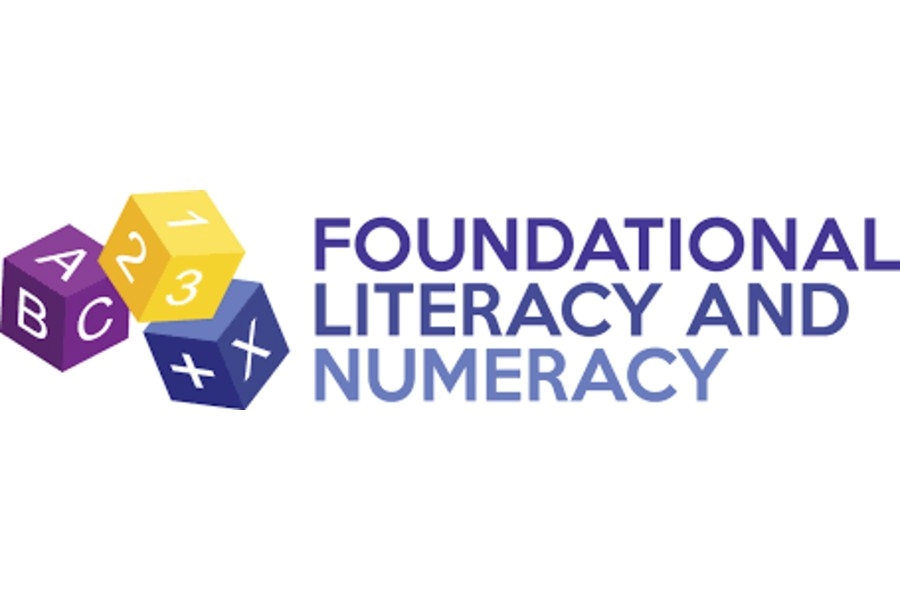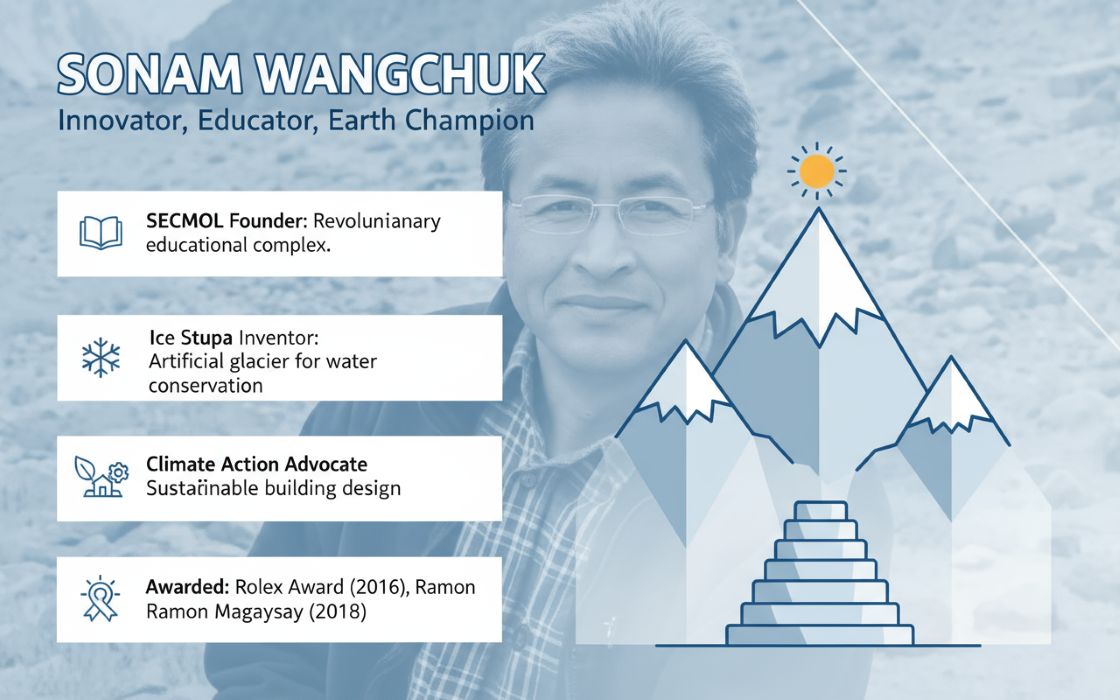From bridging healthcare and education gaps in underserved regions to empowering students through AI and robotics, STL’s initiatives go beyond compliance—they are integral to its purpose of transforming lives by connecting the world. In this exclusive conversation with TheCSRUniverse, Ms. Shweta Agarwal, Business Head – Digital Products (Neox and Sensron), STL, shares how the company is weaving sustainability, technology, and community empowerment into its DNA.
She walks us through STL’s ambitious journey towards Net-Zero by 2030, its pioneering work in green hydrogen and water stewardship, and the scaling of transformative CSR interventions such as Swasthya Suraksha and Jeewan Jyoti. With stories of rural women becoming entrepreneurs, tribal communities gaining access to healthcare, and students from government schools competing at global robotics championships, this interview captures how STL is redefining corporate responsibility—turning seva (service) into a strategy for sustainable change.
Q&A
Q. STL has set an ambitious goal of achieving Net-Zero by 2030. Could you walk us through the roadmap—what specific milestones have been achieved so far, and what are the next big shifts on the horizon?
A. STL aims for Net-Zero emissions by 2030, driven by innovation, accountability, and collaboration.
Milestones Achieved:
- Green Hydrogen Leadership: We partnered with Hygenco to commission Maharashtra's first green hydrogen plant, making STL one of the world's first optical fibre manufacturers to use 100% green hydrogen in production. This initiative could reduce annual carbon emissions by 30% and offer cost savings by replacing conventional fuels.
- Transition to UV LED Curing Technology: We are replacing high-power Microwave UV lamps with energy-efficient UV LED curing lamps for fibre coating, reducing energy consumption and aligning with our sustainability goals.
Key Benefits:
- Shendra Draw Plant anticipates annual savings of 12 Million kWh, significantly reducing power consumption, carbon footprint, and operational costs. This initiative is a key step in STL's energy optimization and sustainability efforts, demonstrating our commitment to innovative solutions for improved environmental and financial performance.
- GHG Inventory & Reporting: We completed Scope 1 and 2 GHG inventories and are expanding our Scope 3 assessment, progressively mapping emissions across more categories.
- ZLD & ZWL Certifications: All our Indian & Italian manufacturing units are now Zero Liquid Discharge and Zero Waste to Landfill certified, reducing water and waste footprints significantly.
Next Big Shifts on the Horizon:
- Comprehensive Scope 3 Strategy: Prioritizing full Scope 3 emissions accounting and developing supplier engagement programs to reduce value chain emissions.
- Operational Carbon Emission: Exploring full-scale renewable energy and carbon tracking across facilities.
- Product Innovation: Focusing R&D on low-carbon, recyclable telecom products to reduce embodied emissions and end-of-life impact.
- Organizational Engagement: Implementing internal awareness and capacity-building programs to align all teams with climate goals.
Q. Water stewardship has emerged as a cornerstone of STL’s ESG vision. How is STL’s water positivity initiative creating long-term ecological and community impact, especially in water-stressed regions of Maharashtra?
A. Our water stewardship initiatives focus on restoration, recharge, and responsible usage:
- 100+ water structures
- 2.69 million m3 litres of water saved.
- 10% increase in water levels in the intervention area.
- 50+ villages covered
- 20,000+ households connect with the Jal Jeewan mission.
- 80 HA of land under micro irrigation through government conversion.
Q. Under your leadership, STL’s CSR interventions like Swasthya Suraksha and Jeewan Jyoti women empowerment initiative have scaled significantly. What inspired the vision behind these programs, and how do you ensure alignment with real grassroots needs?
A. We prioritise hiring from villages, embracing our moral responsibility to serve communities where we operate, especially in nationally prioritised areas. As a tech company passionate about the power of technology and AI, we strive to extend these strengths to benefit the communities we serve. Our inspiration comes from genuinely listening to the aspirations of underserved communities, leading to impactful programs like Swasthya Suraksha (healthcare in tribal districts Gadchiroli & Nandurbar) and Jeewan Jyoti (economic empowerment for rural women in Velhe). We ensure our initiatives align with grassroots needs through community consultations, impact mapping, and real-time monitoring, following a principle of co-creating solutions with communities. Our CSR efforts are guided by and aligned with the United Nations Sustainable Development Goals (UN SDGs).
Q. STL maps its CSR initiatives to the UN Sustainable Development Goals (SDGs). Could you share how impact is tracked and measured across programs—and how this data is used to iterate or scale interventions?
A. Each STL program is mapped to relevant UN Sustainable Development Goals (SDGs), including SDG 3 (Good Health and Well-being), SDG 5 (Gender Equality), SDG 6 (Clean Water and Sanitation), and SDG 13 (Climate Action). We use customised logical frameworks (logframes), third-party evaluations, and technology-based dashboards to systematically track progress. Our monitoring covers both quantitative data (e.g., number of women trained, litres of water recharged) and qualitative insights (e.g., stories of change, behavioural shifts). These insights feed into annual reviews that help us adapt strategies—either pivoting or scaling interventions based on strong Social Return on Investment (SROI).
Impact so far includes:
- Health initiatives benefiting 2.5 million lives
- Education programs reaching more than 300,000 (3 lac) students
- Environmental initiatives positively impacting over 80,000 lives
- Jeewan Jyoti (JJ) program, empowering over 28,000 individuals
Q. You’ve led the upskilling of thousands of women through the Jeewan Jyoti women empowerment initiative. Could you share a transformational success story that captures how STL is fostering economic independence and entrepreneurship at the grassroots?
A. Anita Yadav’s story is an inspiring example of resilience and transformation. Starting as a homemaker from the outskirts of Pune with limited financial opportunities, she joined a women empowerment program where she learned new skills and began working as an artisan earning ₹1500. Through dedication and hard work, Anita progressed to become a supervisor and now a mobilizer who helps other women empower themselves. Today, she not only shapes her own future but also uplifts and inspires women in her community to break barriers and achieve financial independence.
Q. What is STL doing to bring rural or underprivileged youth closer to future-facing domains like AI, robotics, and coding—and how do you assess their long-term inclusion in India’s innovation ecosystem?
A. We believe that just as English, Hindi, and Maths were essential for past generations, today coding, robotics, and computer science are crucial skills for children’s future success. To empower children with these skills, we launched RoboEdge and distributed robotics kits to students in rural and underserved areas. Our highly motivated and engaging teachers have driven increased school attendance and helped transform these schools into aspirational centres of learning. Students actively participate in local, national, and global robotics competitions, broadening their exposure and ambition.
120 teams with over 350 students from Chhatrapati Sambhaji Nagar and Dadra & Nagar Haveli participated in the National Robotex Championship, with 3 teams winning podium positions against 700+ teams. Thirteen students from government schools in these regions represented India in the International Robotex Championship in Estonia, showcasing grassroots innovation globally. Students won top positions in the Dadra & Nagar Haveli Hackathon by developing tech solutions for real community problems. They also had the opportunity to present their projects to Minister Dharmendra Pradhan, highlighting the transformative power of STEM education.
We have established state-of-the-art innovation labs in several government schools, providing first-time access to coding, AI, and robotics for thousands of rural children. Over 100 STEM mentors and teachers have been trained to ensure the sustainability and growth of technology education in underserved communities.
Q. STL aims to achieve Net Zero by 2030 and operates zero liquid discharge, zero waste to landfill manufacturing units. What are the key operational innovations and learnings from this journey that other industries can emulate?
A. For STL, water stewardship is not just about compliance, it’s about building long-term ecological balance and creating shared value with the communities that surround us.
Designing for Circularity at the Core
- We have integrated circular thinking into our manufacturing design to promote sustainability.
- All water used in our facilities is recycled and reused in a closed-loop system, ensuring Zero Liquid Discharge (ZLD) operations.
- Solid waste from production is either recycled, reused internally, or sent to certified partners for resource recovery, achieving Zero Waste to Landfill (ZWL) status.
- We have fostered a bottom-up sustainability culture where teams across engineering, procurement, and operations are trained and incentivised to identify and implement environmental improvements.
Key lessons for other industries include:
- Begin with regular energy and material audits to measure and manage sustainability efforts.
- Invest in modular, scalable solutions for water treatment and waste segregation that grow with your operations.
- Partner with environmental consultants and recyclers early to leverage expertise instead of reinventing solutions.
- Make sustainability visible through real-time dashboards and employee ownership to boost engagement and compliance.
Q. How does STL integrate the UN SDGs into its project design and reporting frameworks? Could you elaborate on the metrics and tools used to measure social return on investment (SROI) across projects?
A. We integrate the Sustainable Development Goals (SDGs) from the very beginning of our project design, starting with the problem statement. Each initiative has a clearly defined SDG mapping, a theory of change, and SMART (Specific, Measurable, Achievable, Relevant, Time-bound) indicators to ensure focused impact. Our impact tracking uses multiple tools including field data collection, GIS-based tools, digital dashboards, and independent third-party Social Return on Investment (SROI) studies.
For example, the Jeewan Jyoti program measures SROI in terms of income growth, entrepreneurship creation, and inter-generational education impact. These insights enhance transparency and help guide resource allocation to scale effective programs. Social Return on Investment (value generated per amount invested) metrics include:
- Digital and STEM Education: 1.780
- Environment Program: 17.01
- Hybrid Healthcare: 4.473
Q. Partnerships are central to STL’s model—be it with NGOs, government bodies, or local communities. What do you look for in a strategic partner, and could you share a few standout collaborations that have significantly amplified STL’s impact?
A. STL’s core purpose is to transform billions of lives by creating scalable and sustainable social impact. We prioritise partnerships that align with our values, purpose, and vision, ensuring shared commitment and complementary expertise. STL is evolving from traditional CSR to tech-enabled, sustainable transformation driven by collective partnerships and innovative solutions.
Our partnerships are grounded in shared vision, trust, and complementary strengths—working hand in hand to co-create solutions and scale impact. Examples of impactful collaborations include:
- With Village Social Transformation Foundation (VSTF), leading water and greening initiatives while they connect us with government and community systems for holistic rural development.
- In Gadchiroli, teaming with the District Health Office and Sevamob to deliver mobile healthcare and address social issues like Kurma Pratha through awareness and treatment.
- Through Jeewan Jyoti, partnering with SHGs and women entrepreneurs to create sustainable livelihoods, fulfilling national and global demand.
- RoboEdge initiative’s collaboration with Robotex, schools, and mentors to equip rural youth with AI and robotics skills, bridging the digital divide.
STL’s next five-year CSR & ESG priorities align with Vision 2030 goals: impacting 50 lakh lives, conserving 50 lakh m³ of water, and greening 50 acres of land. Focus areas include scaling healthcare, education, skilling, and livelihoods in rural and underserved communities via digital platforms, AI tools, and community-driven models.
Q. Lastly, what continues to motivate you personally in this journey of creating change through digital and sustainable innovations?
A. You know, we only get to live this life once. And with that gift comes a deep responsibility—our very first duty as human beings is to serve others. Seva is truly the highest dharma. When we pause, look around, and see the struggles people face, especially those battling mental or emotional challenges, it moves something inside us.
It becomes more than a choice—it’s a moral calling to use whatever platform we have, however big or small, to make a difference. And not just alone, but by joining hands with the right people who share that same heart to create real, meaningful change.
To bring a smile to someone’s face. To help a woman stand tall and independent. That is where the true meaning of our work lies—touching lives and lighting up hope. Together, we can be the reason someone’s life turns around. And that is a purpose worth living for.

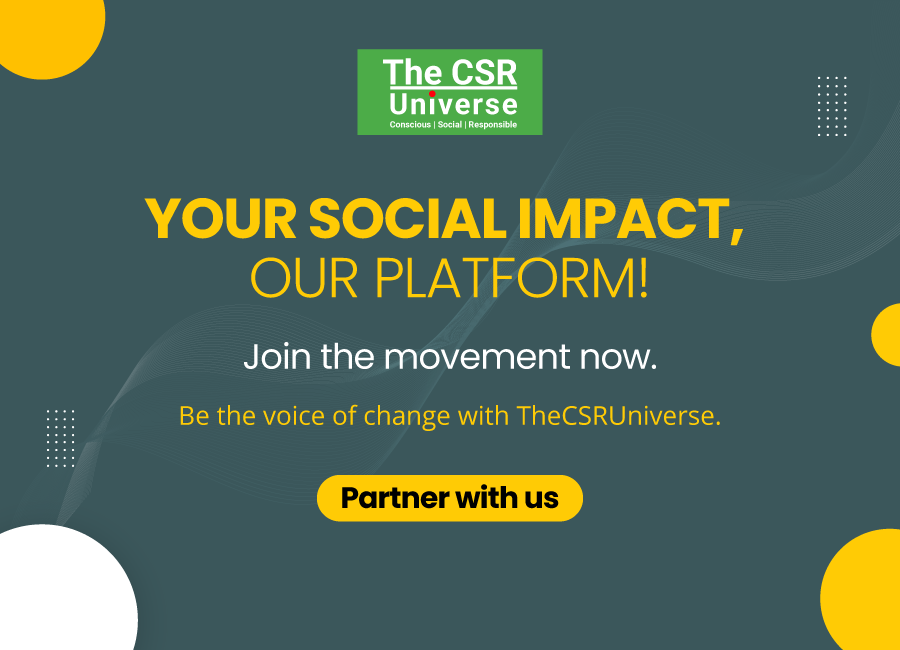


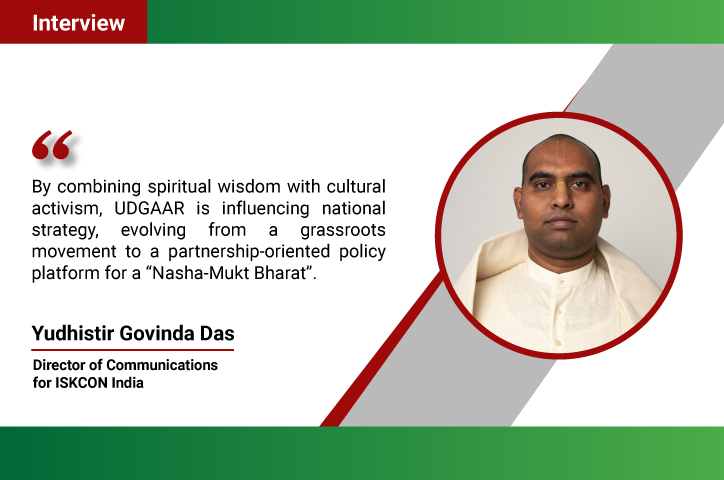

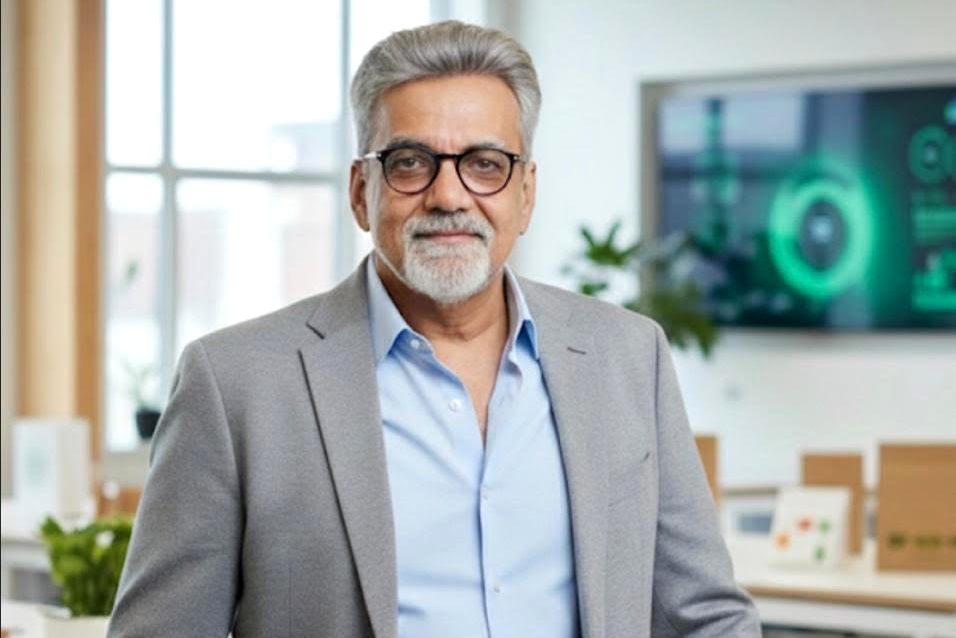

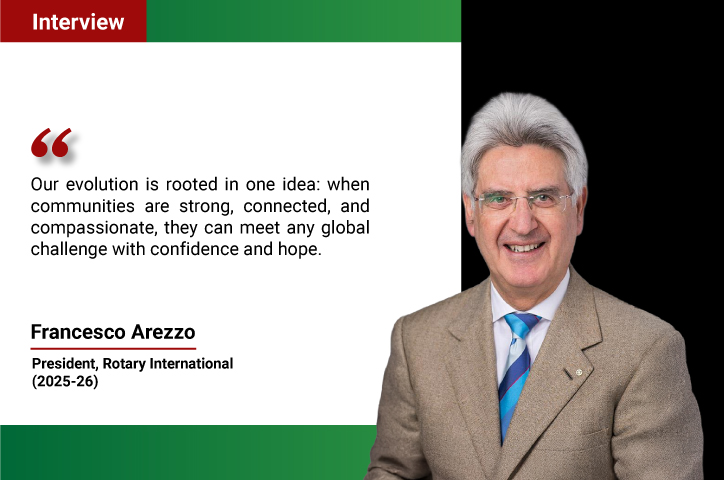


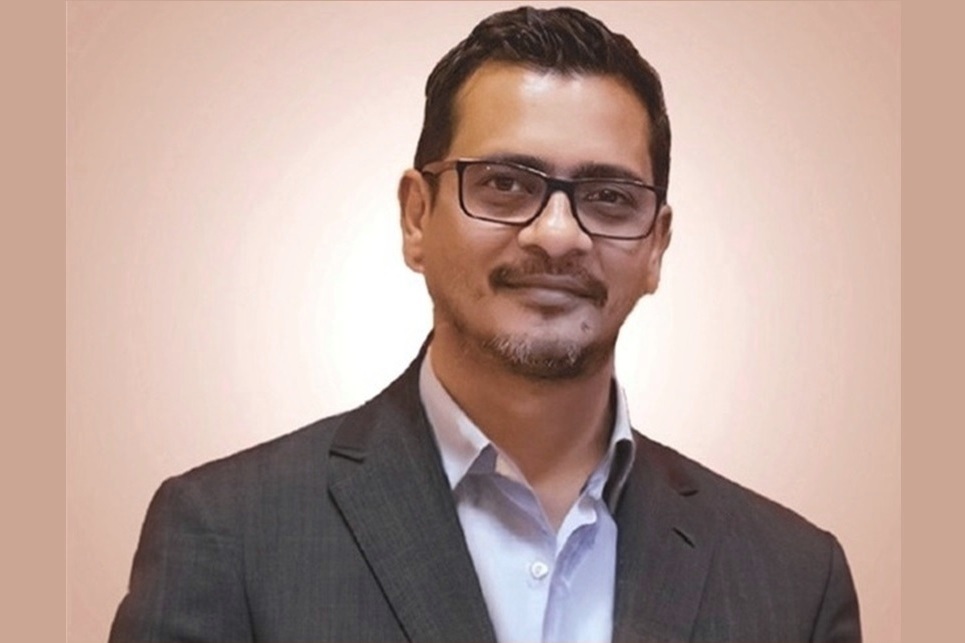

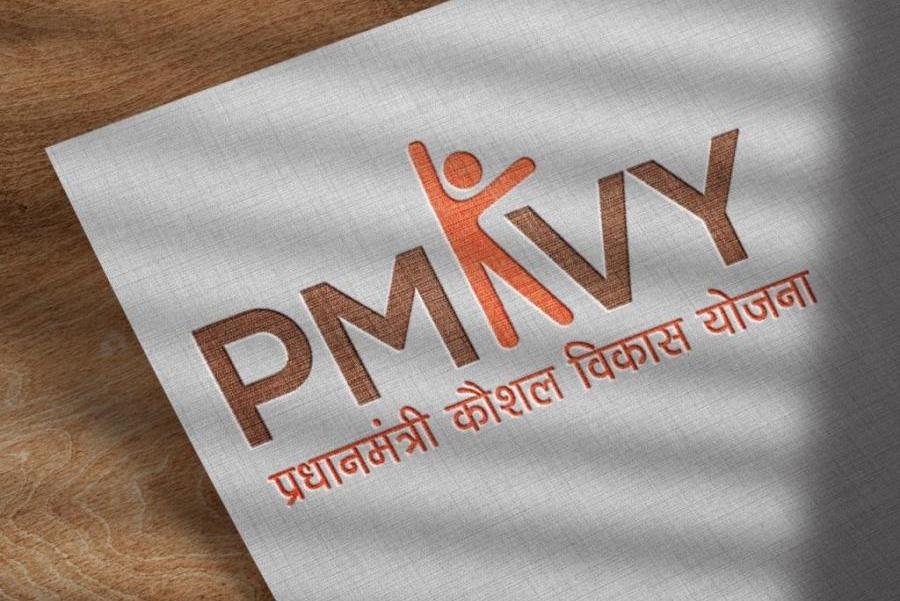
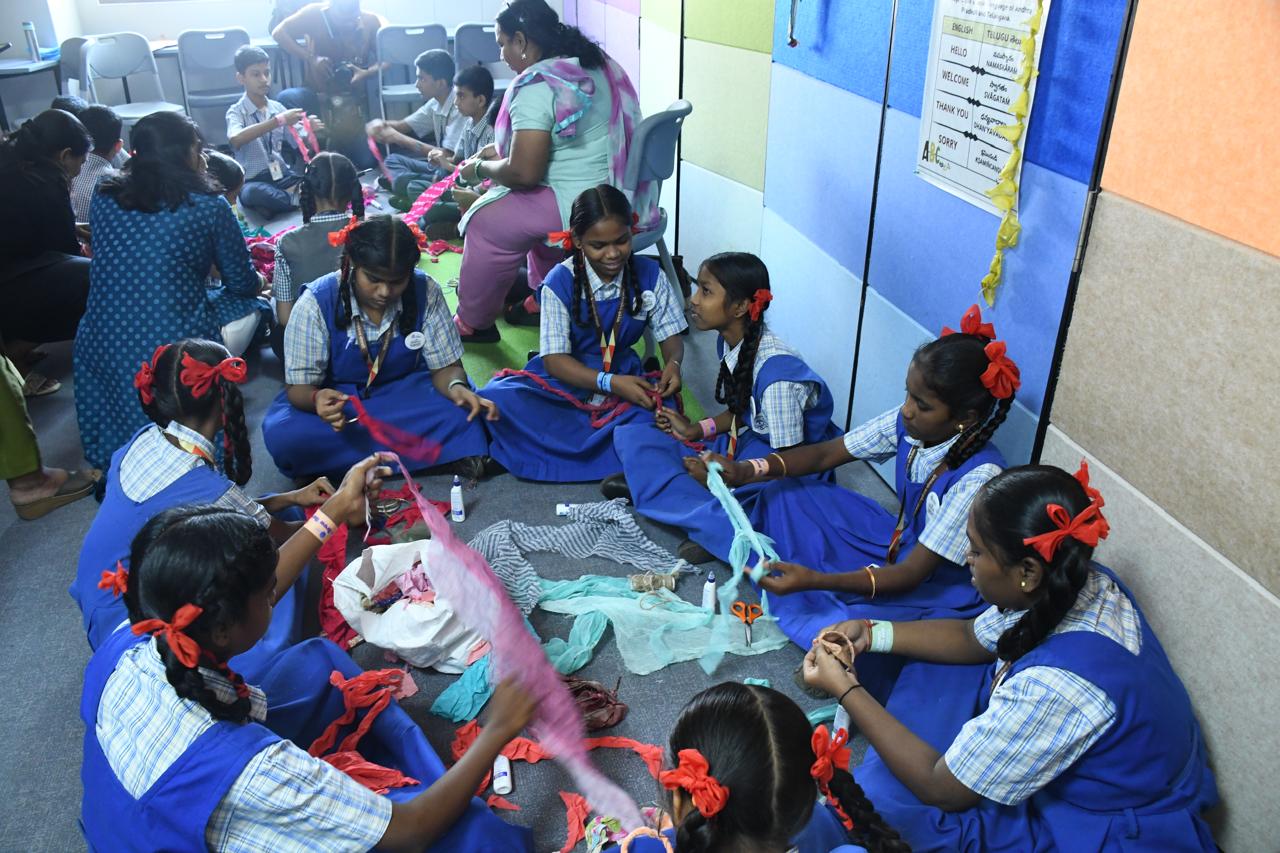
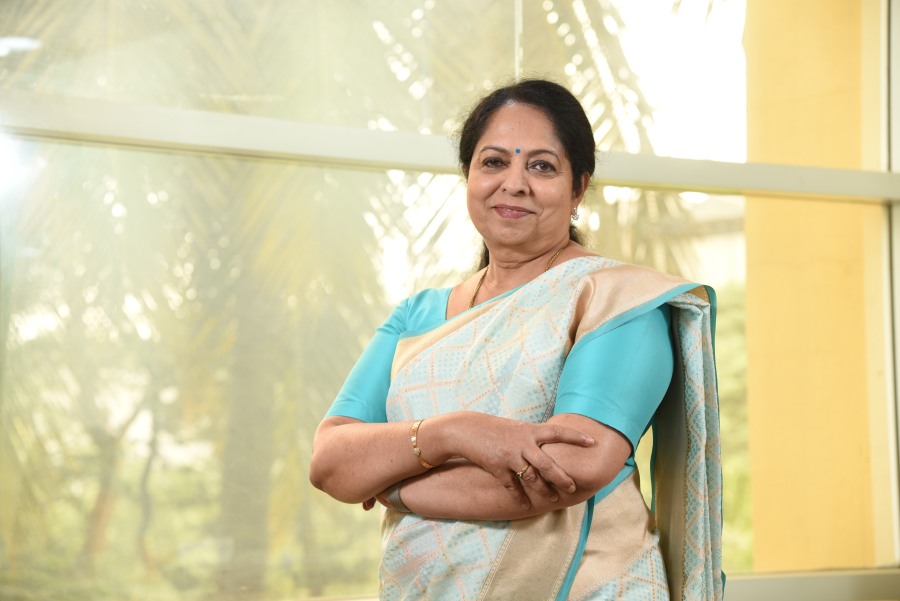
.jpg)
